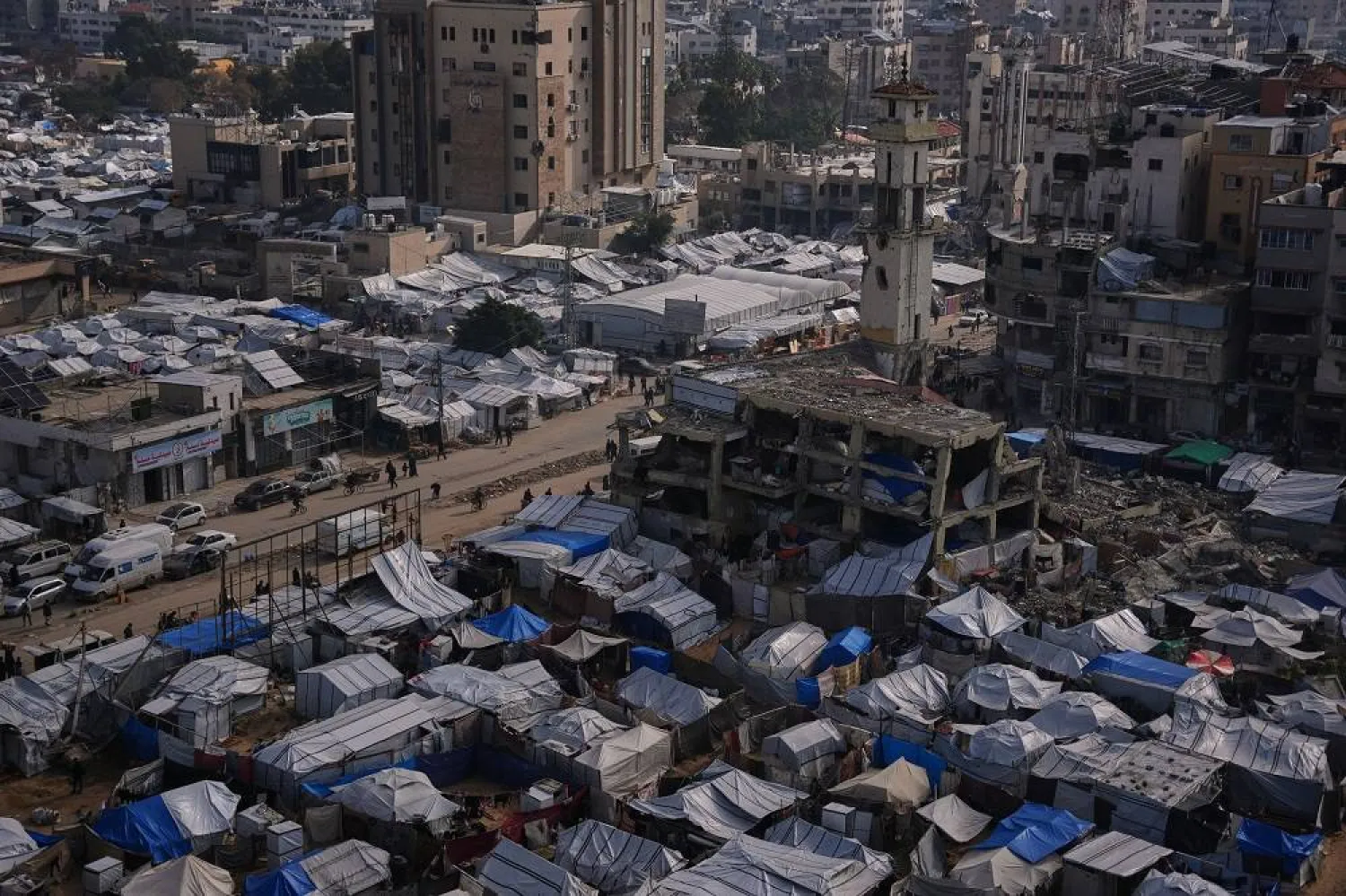Two 40-year old documents revealed that the Israeli army used Palestinian land, to the south of the West Bank, as a military training zone aiming to expel Palestinians from it without ever having used the seized lands for their declared purposes.
Judicial sources in the Peace Now movement confirmed that the document will help in the case submitted to the High Court of Justice in July by a few hundred Palestinians who remained in the vicinity of Yatta, a town in the South Hebron Hills, to fight the state’s efforts to remove them. The revelations demonstrate the sway settlers hold over the military and in affecting their actions.
The documents were found in Israeli Archives by the Association for Civil Rights in Israel (ACR) and Akevot, both battle expulsions in the courts and occasionally submit historical documentation to support their claims.
The documents are minutes of a July 1981 meeting of the Ministerial Committee for Settlement Affairs. They indicate that former prime minister Ariel Sharon, who was the minister of agriculture at the time, proposed that land in the South Hebron Hills be allocated to the Israeli army for live-fire training.
Sharon explained that the military should use the land on account of “the expansion of the Arab villagers from the hills," and he wanted to offer additional training areas to the representatives of the general staff.
He explained that the additional areas must be at the border, between the bottom of the Hebron Hills and the Judean Desert, to confront the spreading of the Arab villagers on the mountainside toward the desert.
“We have an interest in expanding and enlarging the shooting zones there, in order to keep these areas, which are so vital, in our hands... Many additional areas for training could be added, and we have a great interest in [the army] being in that place," Sharon said according to the document.
In response, an army representative said that the military establishment would be very happy to have that.
Later in the meeting, it was decided that the agriculture minister’s adviser on settlement affairs would meet with army representatives and show them the places marked for additional shooting zones “to keep the areas in our hands.”
However, the army did not fulfill its promise directly, so Sharon's advisor met a representative again, and told him that the field situation is getting more dangerous, urging the army to implement the minister's recommendations quickly.
The Association, along with Akevot, submitted a petition to the High Court stating that the document offers a rare peek into the way in which it was decided to declare shooting zones in the South Hebron Hills and the motivations for that declaration.
“Contrary to the principles of international law, the decision-makers did not have the welfare of the residents at heart,” it read.
Executive director of Akevot, Lior Yavne, said that the declaration of the shooting zones was designed to force out the locals due to the territorial interests of the government.
About 800 Palestinians in eight separate residential communities in the Yatta area live under the threat of demolishing their homes, deportation and confiscation of their fertile lands.
The Israeli forces began the demolition and deportation process in 1999, but the High Court issued an interim injunction freezing the evacuation, and Israel later announced it would reduce the area of the shooting zone until the case is determined.
The Israeli government claims that these Palestinians are Bedouins and are not permanent residents, claiming they are not entitled to have land, and therefore they have no right to file a lawsuit.
Another document written in 1967 on behalf of then-Military Advocate General Meir Shamgar was tracked down by Akevot staff members. It states that civilians cannot be evacuated from an area in order to create training zones for the Israeli army, “both for political and humanitarian reasons, and for reasons related to the provisions of international law.”









